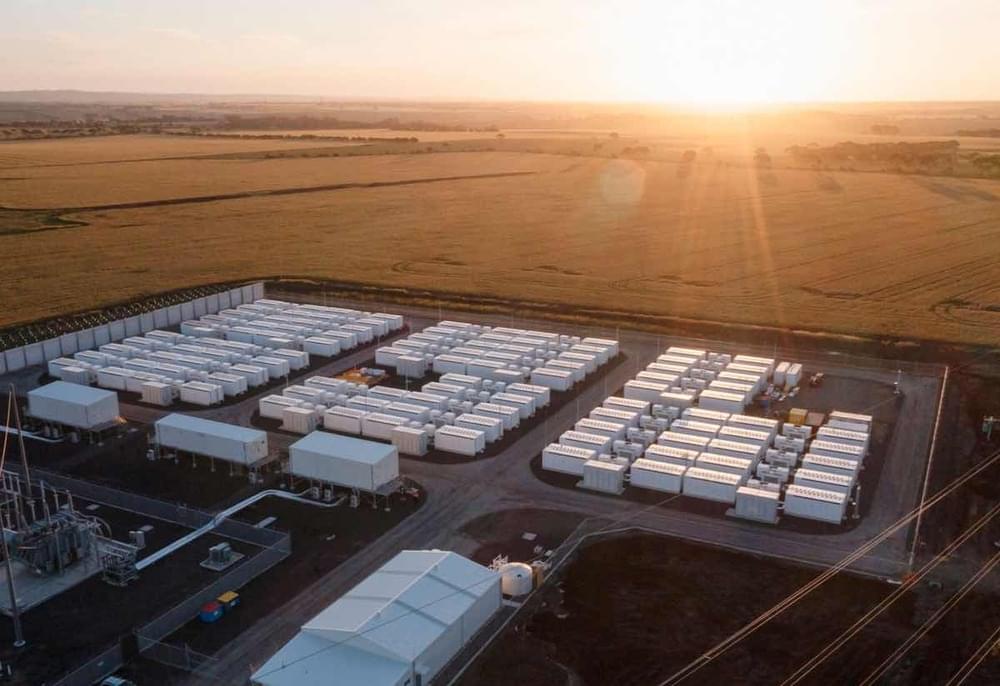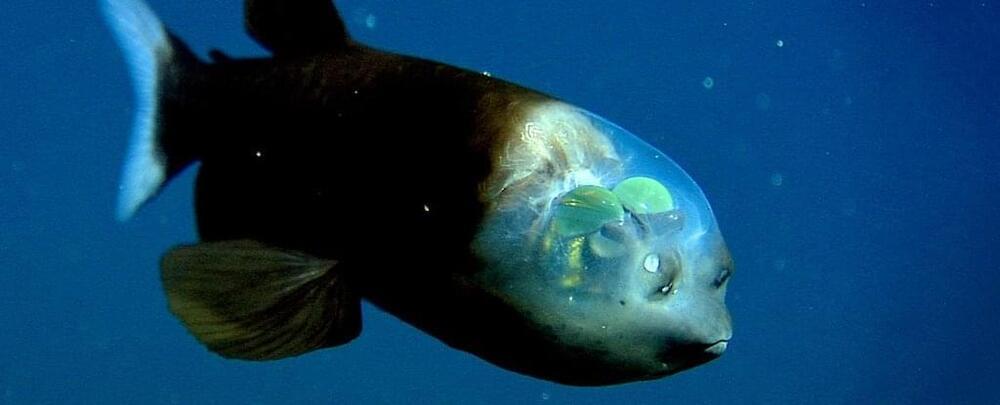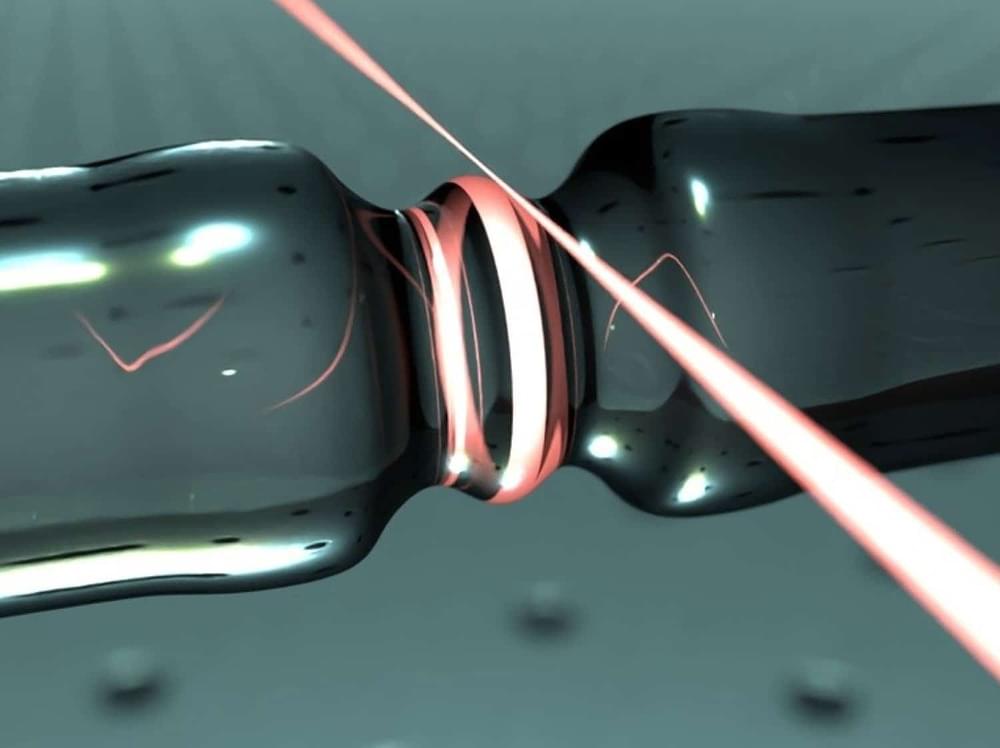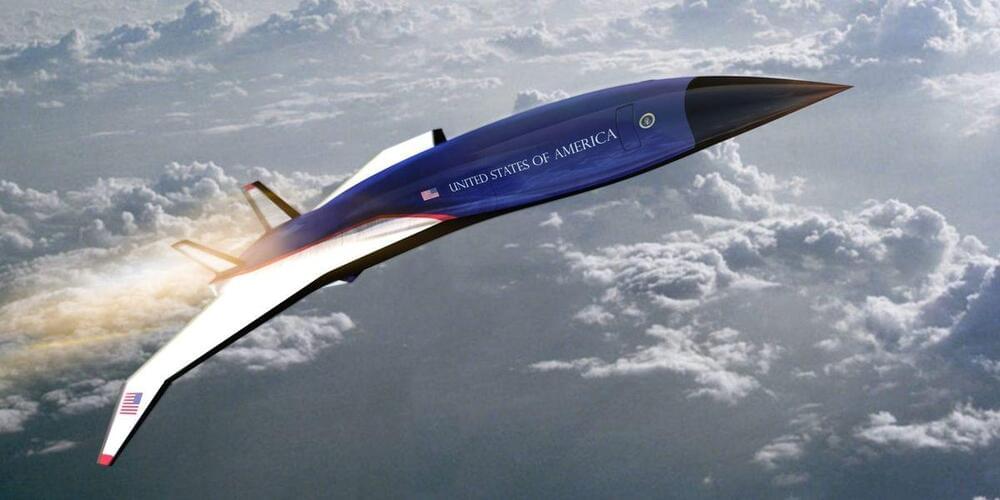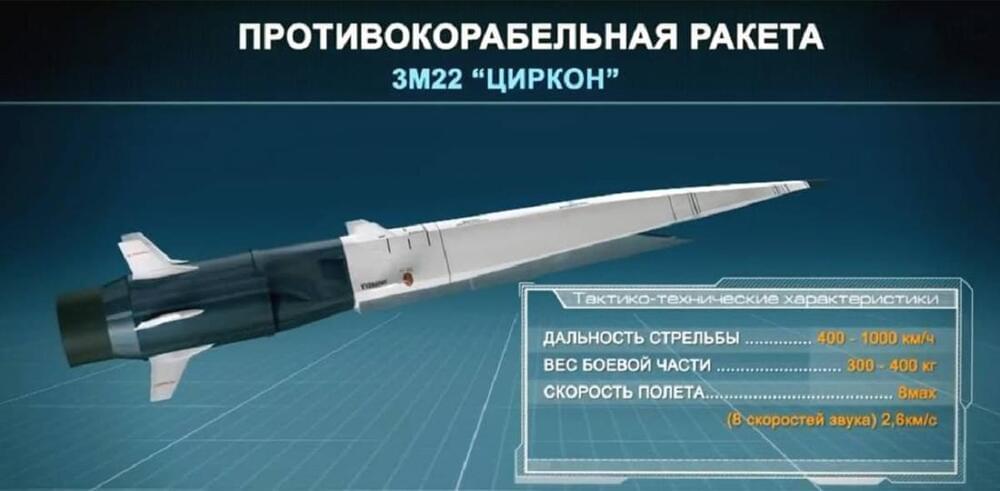SEOUL, Dec 11 (Reuters) — Teen pilot Zara Rutherford landed in Seoul on Saturday from Russia, the first Asia stop on her attempt to become the youngest woman to fly around the world solo.
In August, the 19-year-old British-Belgian departed from Kortrijk-Wevelgem Airport in western Belgium on her 51,000-km (32,000-mile) journey, which is to span five continents and 52 countries, including the United States, Greenland, Russia and Colombia.
“It has been challenging,” Rutherford told reporters at Gimpo International Airport after arriving from Vladivostok in her bespoke Shark ultralight plane, the world’s fastest microlight.


